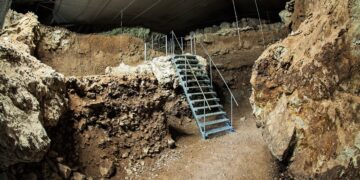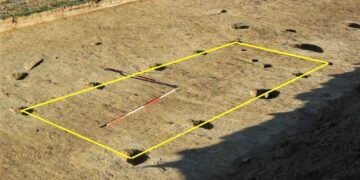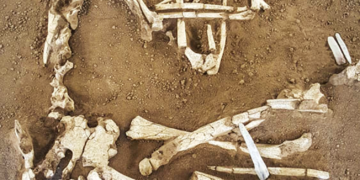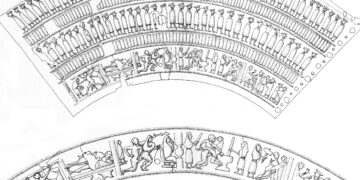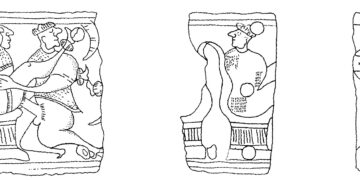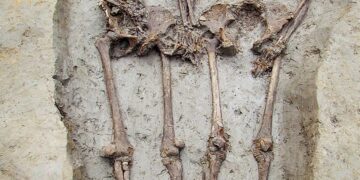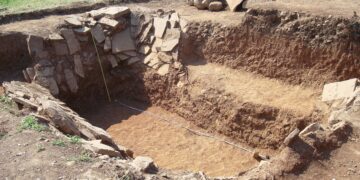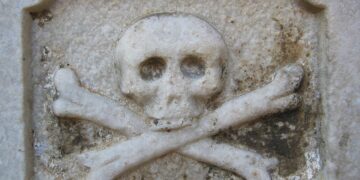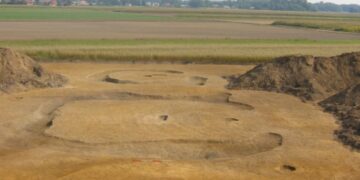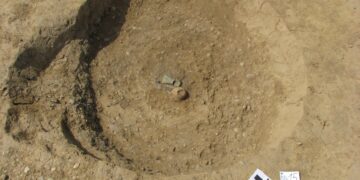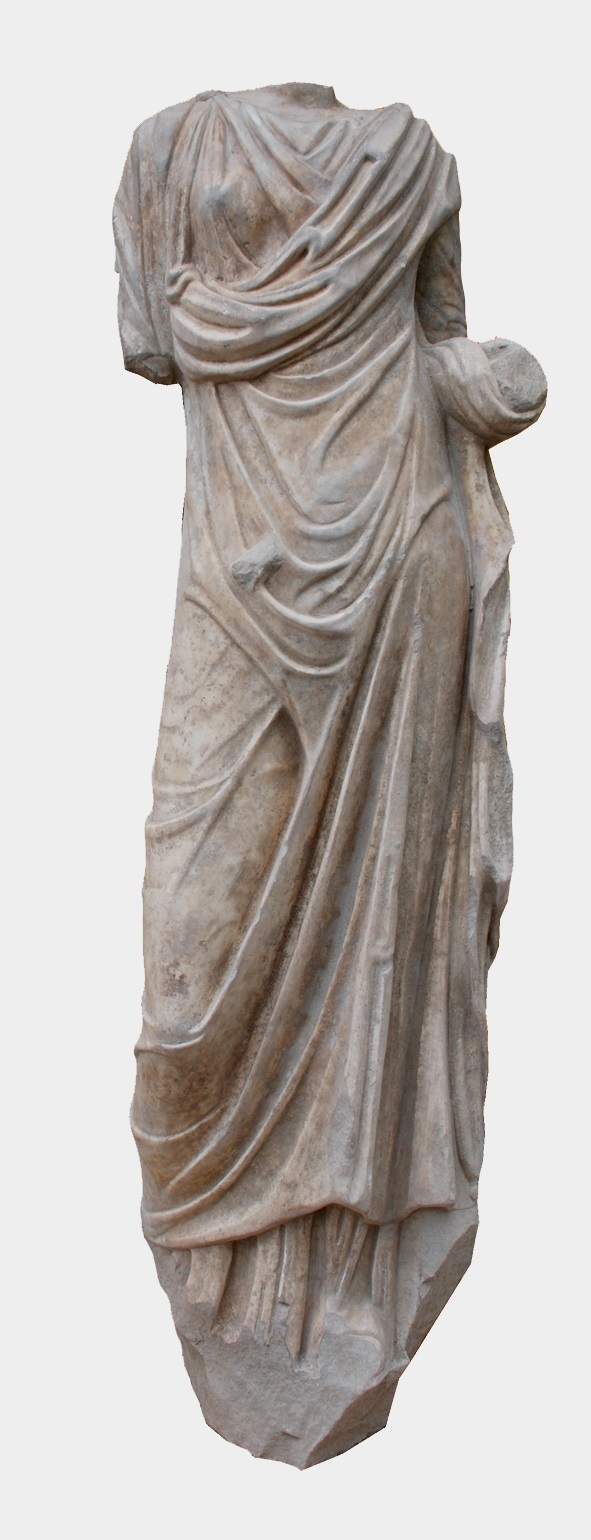In Denmark, more than 90% of the dead Copenhageners get cremated, and about 2/3 of these people end up in anonymous burial plots – a lawn where one square meter accommodates 9 urns and where no individual monuments commemorate the dead. Furthermore, relatives of a deceased are not told exactly where on the lawn the urn is placed. The first anonymous burial plot in Copenhagen and Denmark was established in 1926 in Bispebjerg Kirkegård. The mayor of the time predicted that it would never be a success – he was wrong. It was cheap, and it was easy for those left behind because you do not have to care for the grave. In addition, this kind of grave probably had a special appeal to the big, collectively oriented generations of the last century. The 20th century in Denmark was an era of large, public movements within politics, sports, and recreation, and their counterpart in the field of death and burial is of course the anonymous burial plot. Today, many people are more individualistic, but now the anonymous burial plot has become a tradition within many families, and so people continue to bury each other in this way.


